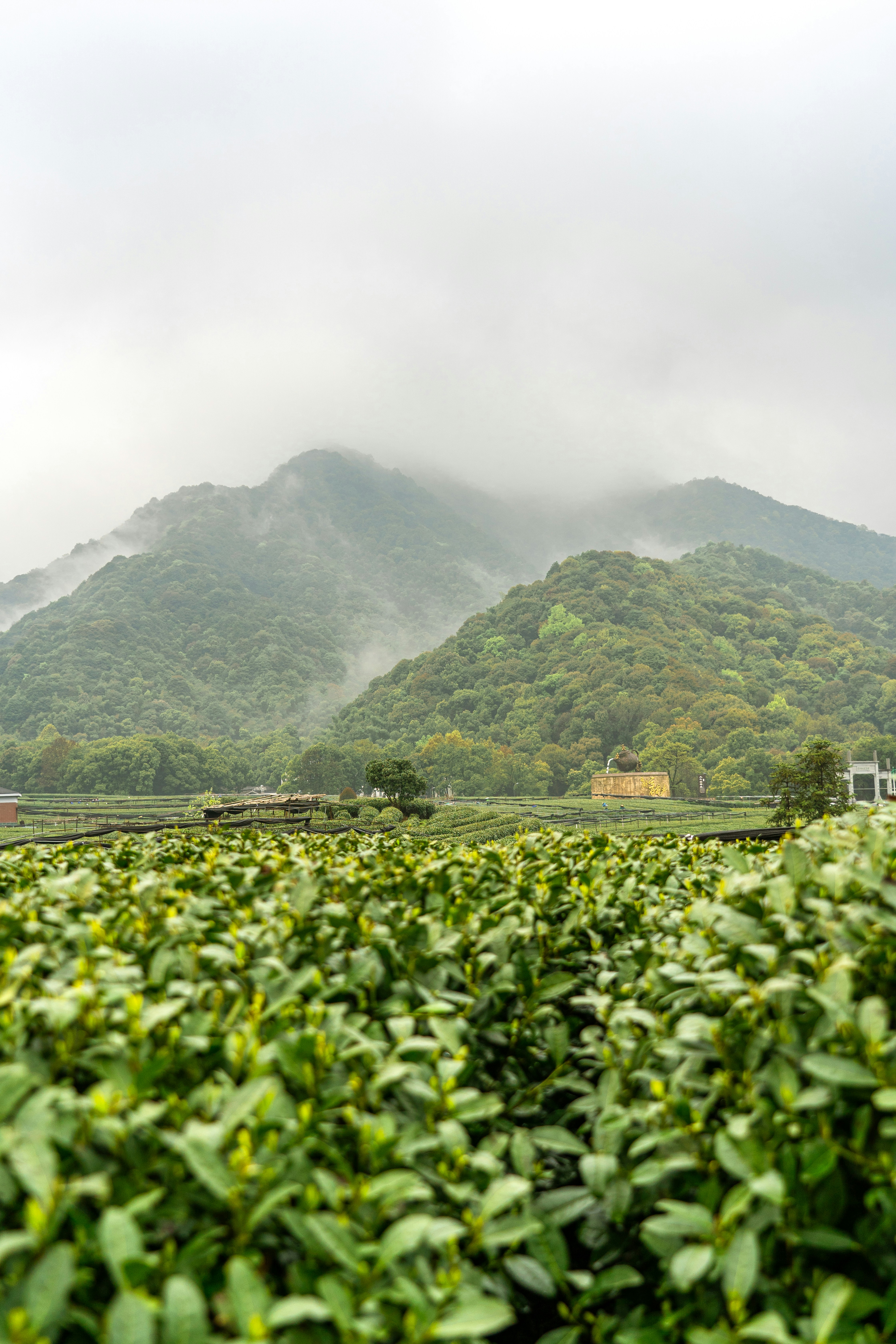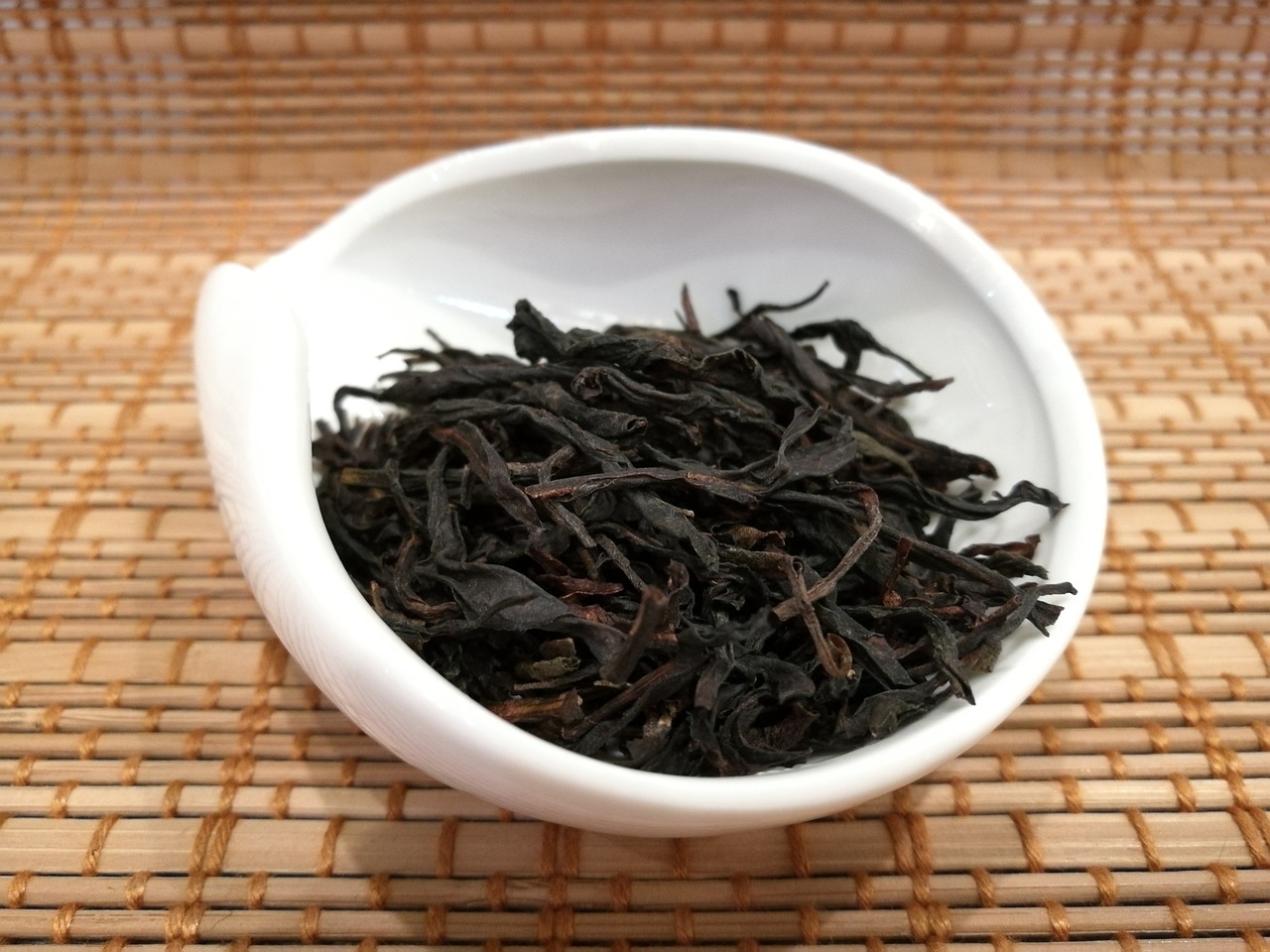Chinese Tea 茶 Culture 🍵🇨🇳
Discover the ancient art and modern allure of Chinese tea culture, a journey through time, taste, and tradition.
Tea is more than just a beverage in China; it’s a way of life, a cultural cornerstone that has been steeped in tradition for thousands of years. From the misty mountains where prized tea leaves are cultivated to the intricate ceremonies that honor this humble plant, Chinese tea culture is a fascinating journey through history, philosophy, and sensory delight.
The Origins of Tea 🌿

Legend has it that tea was discovered by the mythical Chinese emperor Shennong in 2737 BCE when a tea leaf accidentally fell into his pot of boiling water. While this tale may be more myth than fact, it underscores the ancient roots of tea in Chinese culture. By the Tang Dynasty (618-907 CE), tea had become the national drink of China, its cultivation and consumption elevated to an art form.
The Art of Chinese Tea Ceremonies 🫖

Chinese tea ceremonies, known as Gongfu tea ceremony, are a testament to the reverence with which tea is regarded. These ceremonies are not merely about drinking tea; they’re a meditative practice that engages all the senses:
- Sight: The visual appreciation of the tea leaves and the brewing process.
- Sound: The gentle whisper of water being poured and the clink of teaware.
- Smell: The aromatic fragrances released during brewing.
- Touch: The warmth of the cup and the texture of the teaware.
- Taste: The complex flavors that unfold with each sip.
Each step of the ceremony, from warming the teapot to serving the guests, is performed with mindfulness and precision.
Types of Chinese Tea 🍃
China produces a vast array of teas, each with its unique character:
Green Tea 绿茶: Unoxidized, with a fresh, grassy flavor.
White Tea 白茶: Minimally processed, known for its delicate taste.
Oolong Tea 乌龙茶: Partially oxidized, with a wide range of flavors.

Oolong Tea. Black Tea 红茶: Fully oxidized, with a bold, robust taste.
Pu-erh Tea 普洱茶: Fermented and aged, often for many years.

Pu Erh Tea.
Tea and Chinese Philosophy
Tea culture in China is deeply intertwined with Taoist, Buddhist, and Confucian philosophies. The act of preparing and sharing tea is seen as a way to cultivate inner peace, show respect, and foster harmony in relationships. The famous “Tea Classic” by Lu Yu, written during the Tang Dynasty, elevated tea drinking to a cultural art and reflection of cosmic harmony.
Modern Tea Culture
While traditional tea culture remains strong, modern China has also embraced new ways of enjoying tea. Bubble tea shops are ubiquitous in cities, offering a contemporary twist on the ancient beverage. However, many young Chinese are also rediscovering the depth of their tea heritage, attending classes and workshops to learn the intricacies of traditional tea ceremonies.
Related Places to Experience Chinese Tea Culture 🗺️
- Hangzhou, Zhejiang Province: Home to the famous Longjing (Dragon Well) green tea and beautiful tea plantations.
- Wuyi Mountains, Fujian Province: UNESCO World Heritage site known for its oolong teas, especially Da Hong Pao.
- Pu’er, Yunnan Province: The birthplace of Pu-erh tea, with ancient tea forests and traditional processing workshops.
- Huangshan (Yellow Mountain), Anhui Province: Famous for Huangshan Maofeng green tea and breathtaking landscapes.
- Chaozhou, Guangdong Province: Known for its unique Gongfu tea ceremony and production of Phoenix Dancong oolong tea.
Chinese tea culture is a living heritage, a bridge between past and present. It offers not just a drink, but a moment of tranquility in our busy lives, a chance to connect with others, and a taste of China’s rich cultural tapestry. Whether sipped from an elegant Yixing clay teapot or a modern bubble tea cup, Chinese tea continues to weave its magic, one leaf at a time.